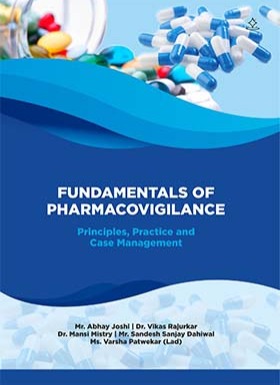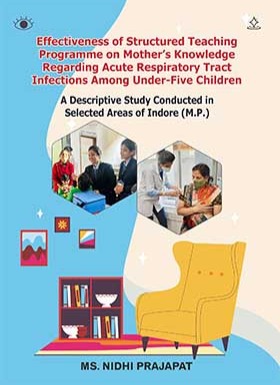


ISBN : 978-81-945291-9-4
Category : Academic
Catalogue : Reference
ID : SB19979
PESTICIDES
In Agriculture and Environment
5.0
Dr Manish Upadhyay & Sriniwas Rao Damma
Paperback
350.00
e Book
200.00
Pages : 139
Language : English
About Book
The aim of this Book is to describe the presence of pesticide residues in fruits and vegetables, mainly how they are introduced, dissipated, degraded, affected by food processing techniques and their risk assessment. Fruits and vegetables are important components of the human diet since they provide essential nutrients that are required for most of the reactions occurring in the body. A high intake of fruits and vegetables (five or more servings per day) has been encouraged not only to prevent consequences due to vitamin deficiency but also to reduce the incidence of major diseases such as cancer, cardiovascular diseases and obesity. Like other crops, fruits and vegetables are attacked by pests and diseases during production and storage leading to damages that reduce the quality and the yield. In order to reduce the loss and maintain the quality of fruits and vegetables harvest, pesticides are used together with other pest management techniques during cropping to destroy pests and prevent diseases. The use of pesticides have increased because they have rapid action, decrease toxins produced by food infecting organisms and are less labour intensive than other pest control methods. However, the use of pesticides during production often leads to the presence of pesticide residues in fruits and vegetables after harvest. The presence of pesticide residues is a concern for consumers because pesticides are known to have potential harmful effects to other non-targeted organisms than pests and diseases. The major concerns are their toxic effects such as interfering with the reproductive systems and foetal development as well as their capacity to cause cancer and asthma. Some of the pesticides are persistent and therefore remain in the body causing long term exposure. The concern has led to governments setting up monitoring systems in order to assess the safety situation and make informed decisions when passing legislation.
Customer Reviews







